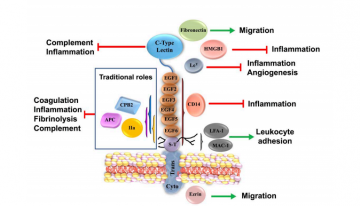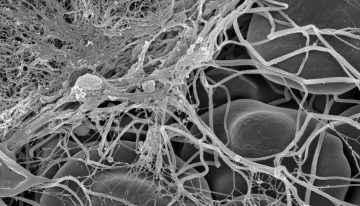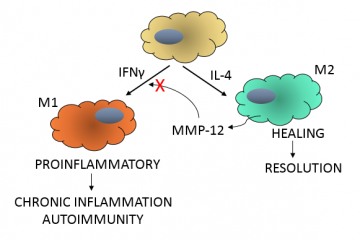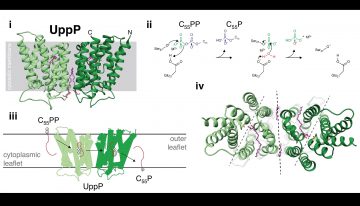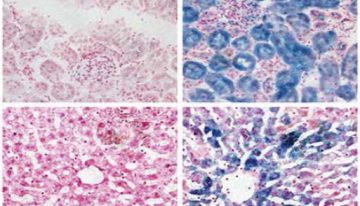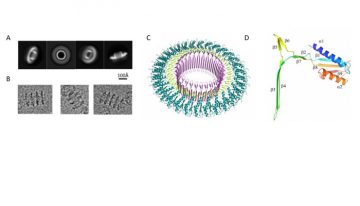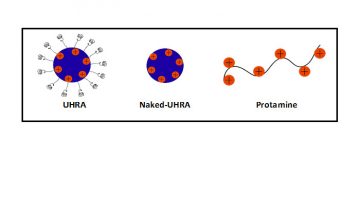Research
Thrombomodulin: Old Protein with New Functions and Hope
January 31, 2019
As its name suggests, thrombomodulin (TM) modulates thrombin activity. The traditional role of TM is to vastly accelerate production of activated protein C from its zymogen by thrombin.
From Computers to Clinics: Advances in Designing Polyphosphate Inhibitors as Novel Anti-thrombotics
January 10, 2019
Thrombosis, the formation of a potentially deadly blood clot, remains one of the leading causes of death and disability worldwide. Once formed, clots can slow or obstruct normal blood flow, leading to damage to surrounding tissue.
Proteases can be a turn-on, or a turn-off. Or… A Protease-mediated Switch Controls the Transition from Proinflammatory (M1) to Repair (M2) Macrophages
November 29, 2018
Chronic inflammatory & autoimmune diseases affect many Canadians, and yet the mechanisms behind such conditions are not fully understood and there is no cure available.
Paradigm Shifts in Cell Wall Biogenesis Understanding
September 20, 2018
Antibiotic resistance has become a major issue in recent years, and is believed to be directly linked to the livestock industry which accounts for ~80% of antibiotic use in North America. Frighteningly, this is expected to rise by nearly 70% globally by 2030.
Gene-trap Mutagenesis Identifies a Crucial Role for a Cryptic Member of the ABC Superfamily
September 13, 2018
The ATP-binding cassette (ABC) super-family of proteins is one of the largest families of proteins to have representatives in all living organisms from prokaryotes to humans.
McNagny Lab Uncovers a New Protective Role for an Old Protein During Lung Repair
July 26, 2018
Members of the McNagny lab at the Centre for Blood Research focus their efforts on understanding CD34, a cell surface protein typically used as a marker for progenitors of blood cells. In their paper, Bernard Lo of the McNagny lab, and collaborators, investigated the role of CD34 in lung disease using mouse models of acute lung injury.
Feeding the Spore: A Molecular Structure of the SpoIIIAG Channel from Bacillus subtilis
June 14, 2018
Natalie Zeytuni and colleagues in the Strynadka Lab at the CBR have determined the structure of SpoIIIAG, a key protein contributed by the mother cell of the sporulation channel from the Gram-positive bacterium, Bacillus subtilis.
Rational Design of Universal Heparin Reversal Agent (UHRA) Makes it a Highly Specific Antidote to Heparins
May 24, 2018
The only FDA approved heparin antidote is protamine, but it has many limitations. In a recent paper, Dr. Kalathottukaren and team discuss how the rational design of UHRA makes it a better antidote to heparins compared to protamine.
Look! Down in the petri dish! It’s a Superplatelet!
April 26, 2018
Dr. Kastrup, a scientist in UBC’s Michael Smith Laboratories and the Centre for Blood Research, has developed a potential strategy for making the coagulation process more resilient. If it’s proven to work in clinical situations, “superplatelets” might become a standard part of emergency department supplies, along with bandages, oxygen, and saline.
Hancock Lab Demonstrates the Role of a Bacterial Starvation Response in Wound Infections
March 15, 2018
When bacteria are starved or stressed, they can become resistant to antibiotics. In Frontiers in Microbiology, members of the Hancock lab explored the importance of a specific stress response and its mechanism in infection.



